Sustainable Landscaping Design Ideas
A sustainable landscape goes beyond beauty—it’s a harmonious approach that conserves resources, nurtures local ecosystems, and adapts to climate needs. Whether you’re revamping your backyard or creating a commercial outdoor space, eco-friendly landscape design thoughtfully balances visual appeal with environmental responsibility. Here, we’ll explore innovative ideas and strategies for crafting resilient, low-impact, and regenerative landscapes that suit a range of environments and desires.
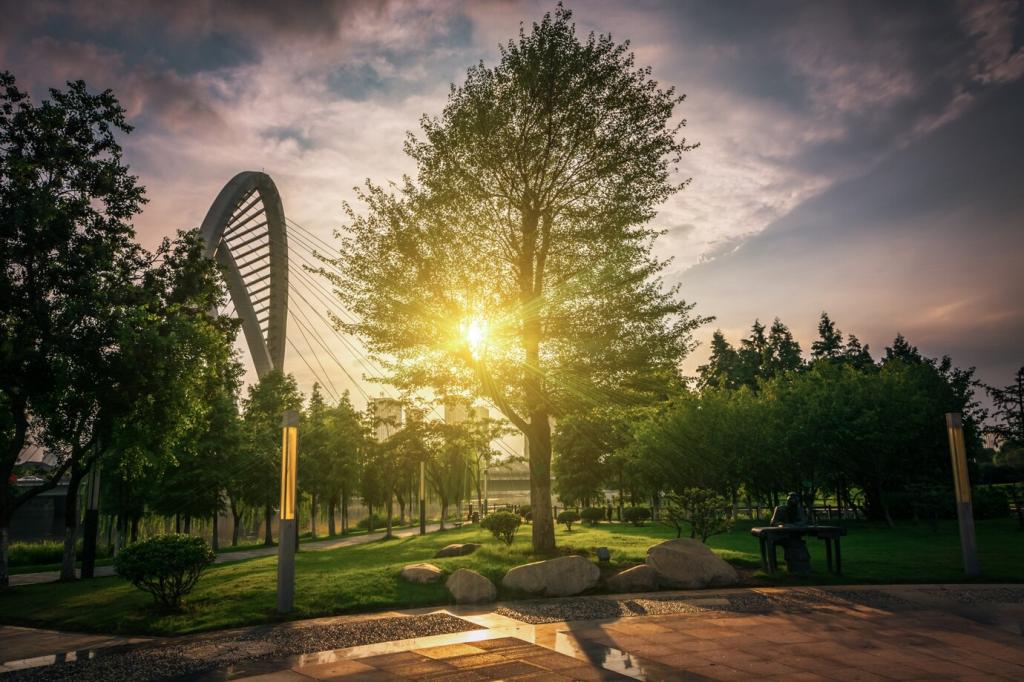
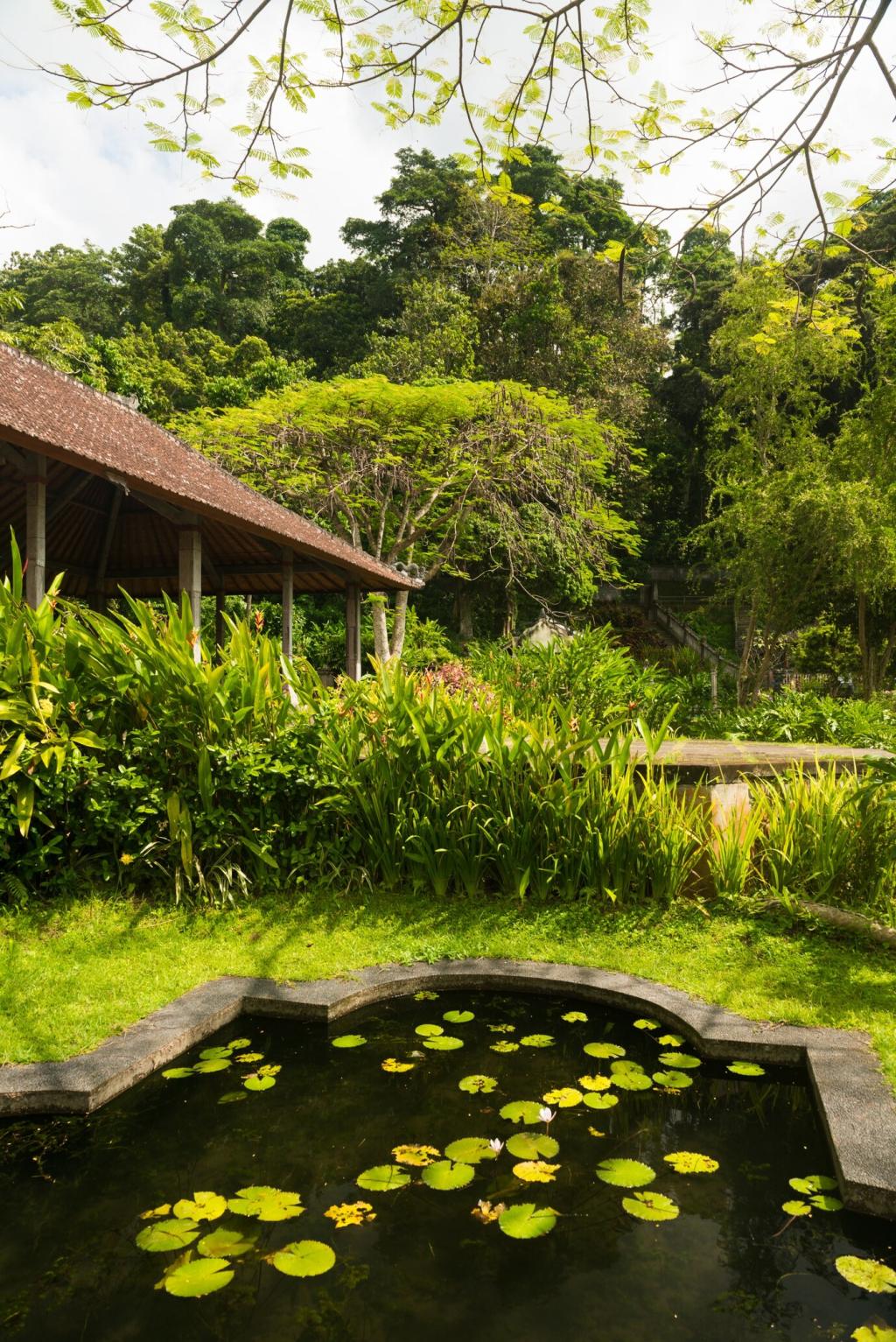
Water-Wise Gardening Practices
01
Implementing advanced irrigation technologies like drip systems or weather-based controllers can dramatically cut down on water waste. Drip irrigation delivers moisture directly to roots, minimizing evaporation and runoff, while smart controllers adjust schedules based on real-time weather data. These systems not only conserve water but also promote healthier, more resilient plants, enhancing the sustainability of your landscape.
02
Applying an organic mulch layer around planting beds is an easy, effective way to reduce water loss from soil. Mulch serves as a protective barrier, keeping soil cool and moist while suppressing weeds that compete for water. As it decomposes, organic mulch enriches the soil, supporting root health and fostering a thriving garden ecosystem with minimal supplemental watering.
03
Incorporating rain gardens and permeable paving helps manage rainfall efficiently, reducing runoff and increasing groundwater recharge. Rain gardens capture and filter stormwater with deep-rooted plants, protecting waterways from pollution. Similarly, permeable surfaces allow water to penetrate the soil, decreasing erosion and the heat island effect while adding attractive, eco-friendly structure to your outdoor space.
Soil Health and Regeneration
Integrating compost into your landscape replenishes soil organic matter, fueling beneficial microbes and earthworms that aerate and fertilize naturally. Composting garden waste and kitchen scraps closes the nutrient cycle, reducing landfill contributions and chemical fertilizer dependency. The result is soil that retains moisture, supports lush growth, and helps draw down atmospheric carbon.
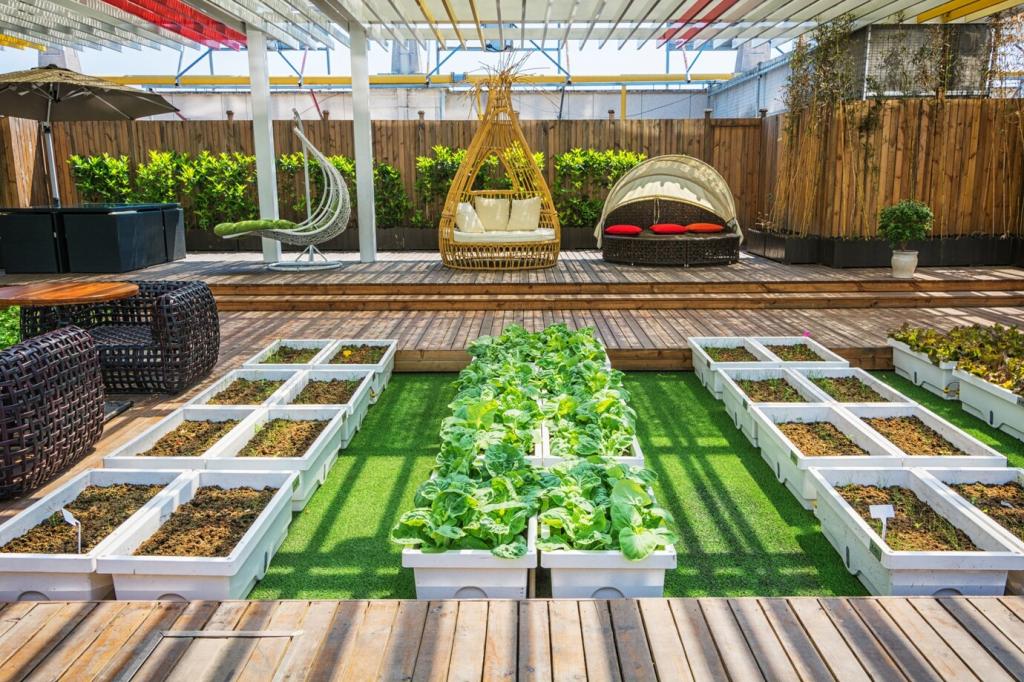
Sourcing reclaimed wood and stone for landscaping projects gives new life to materials otherwise destined for landfill. Each piece often carries unique patina and character, infusing your space with history and sustainability. By reusing resources, you not only curb demand for virgin materials but support a circular economy and create stunning, individualized landscape features.
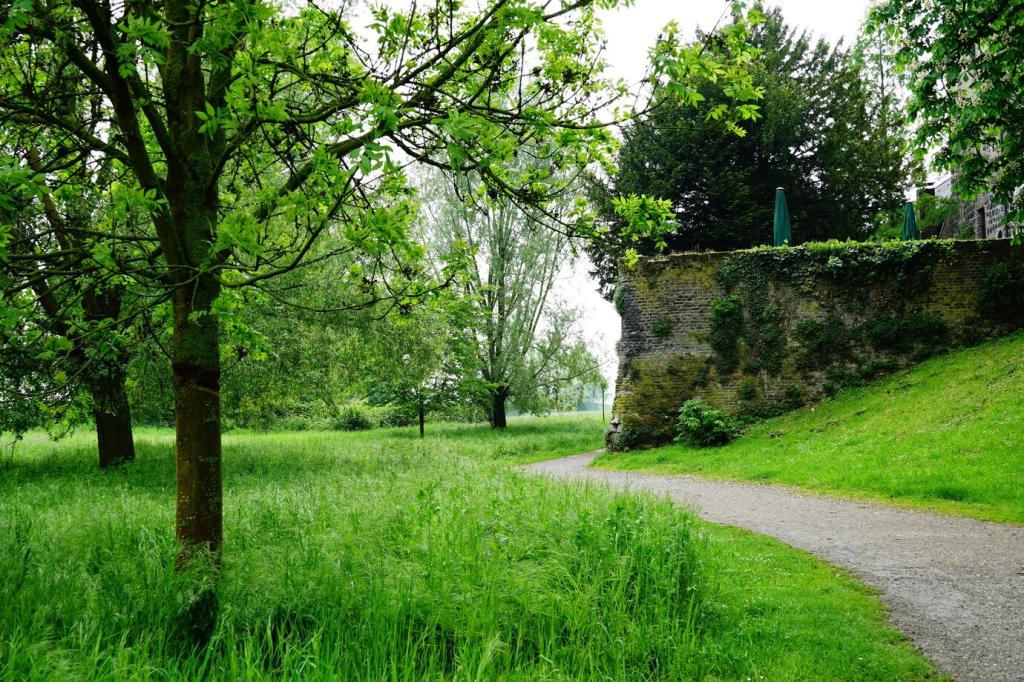
Edible and Productive Gardens
Integrating Food Crops with Ornamental Plantings
Blending vegetables, edible flowers, and herbs with ornamental plants creates a dynamic and visually appealing landscape. These “foodscapes” break down the separation between functional and decorative gardens, providing year-round harvest along with color and texture. Strategic companion planting also naturally deters pests and improves yields, making your landscape both nourishing and resilient.
Permaculture Principles in Garden Design
Permaculture is a holistic design method promoting closed-loop systems, diversity, and long-term sustainability. By arranging edible perennials, fruit trees, and support plants in layered guilds, you mimic natural ecosystems and reduce input needs. Swales, hugelkultur beds, and keyhole gardens further maximize productivity, water efficiency, and self-sufficiency, turning your outdoor space into a truly regenerative landscape.
Pollinator-Friendly Produce Selections
Selecting food crops that flower abundantly—such as squash, tomatoes, and beans—attracts bees and beneficial insects. These pollinator-friendly choices enhance fruit set and garden health while supplying delicious homegrown ingredients. By providing a continuous season of blossoms and avoiding pesticides, your edible landscape becomes a sanctuary for both people and wildlife.
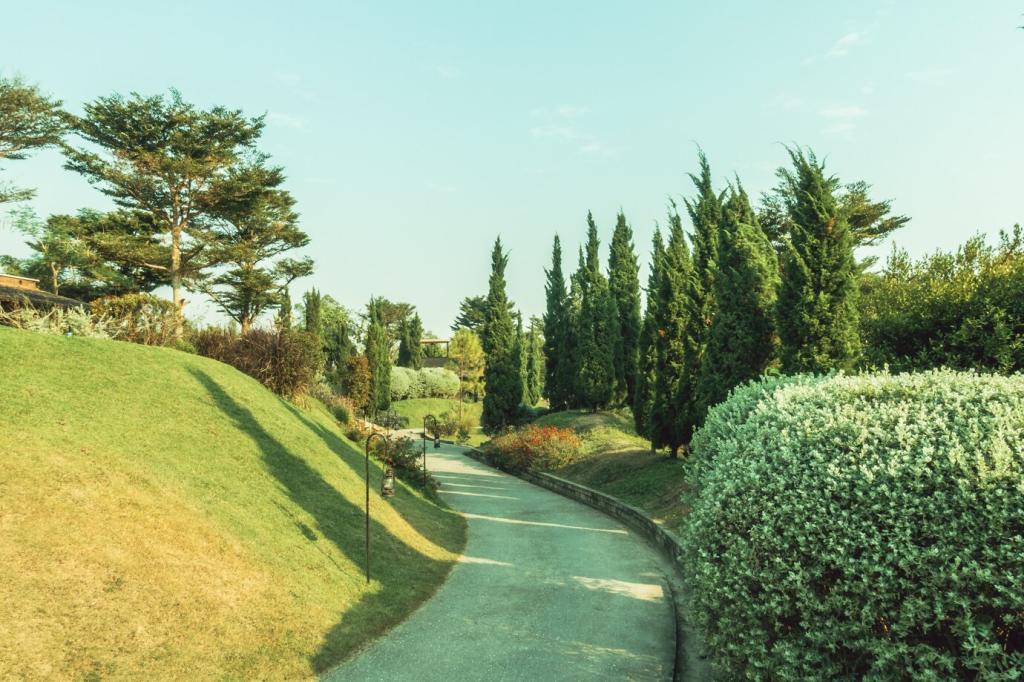
Wildlife Habitat Creation
Designing with Shelter and Nesting in Mind
Integrating layers of vegetation—from ground covers to shrubs and trees—offers essential shelter, breeding spaces, and travel corridors for wildlife. Dense hedgerows, brush piles, and standing deadwood create safe havens for birds, small mammals, and reptiles. These habitat features support the full lifecycle of visiting species and boost your landscape’s ecological value.
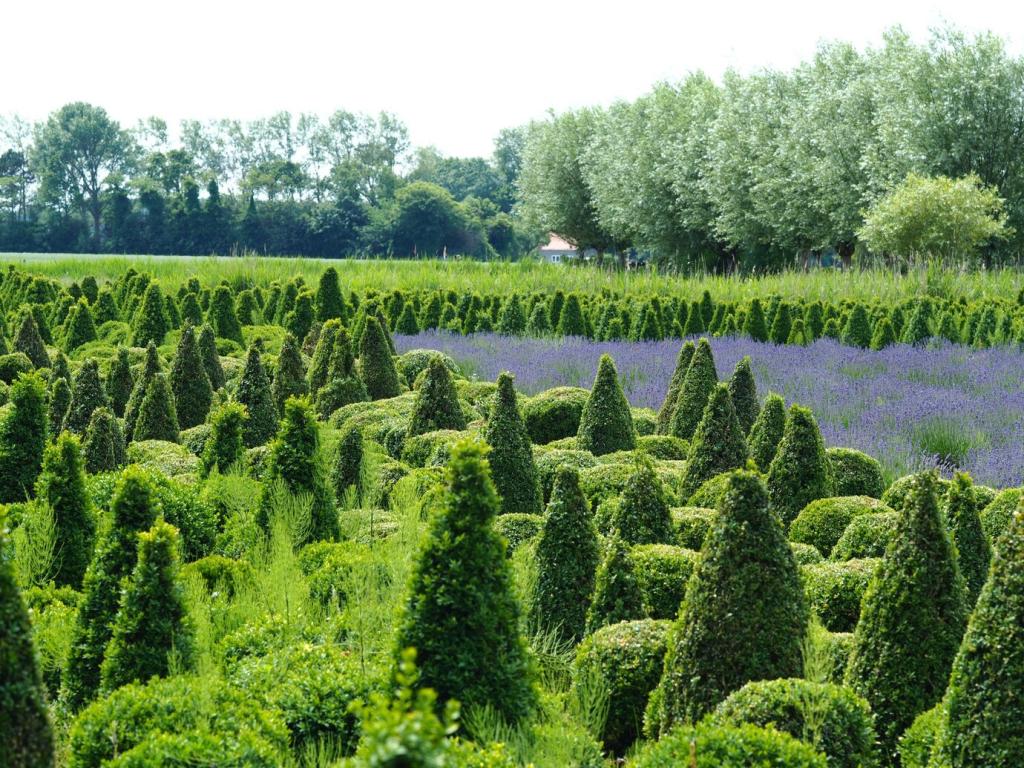
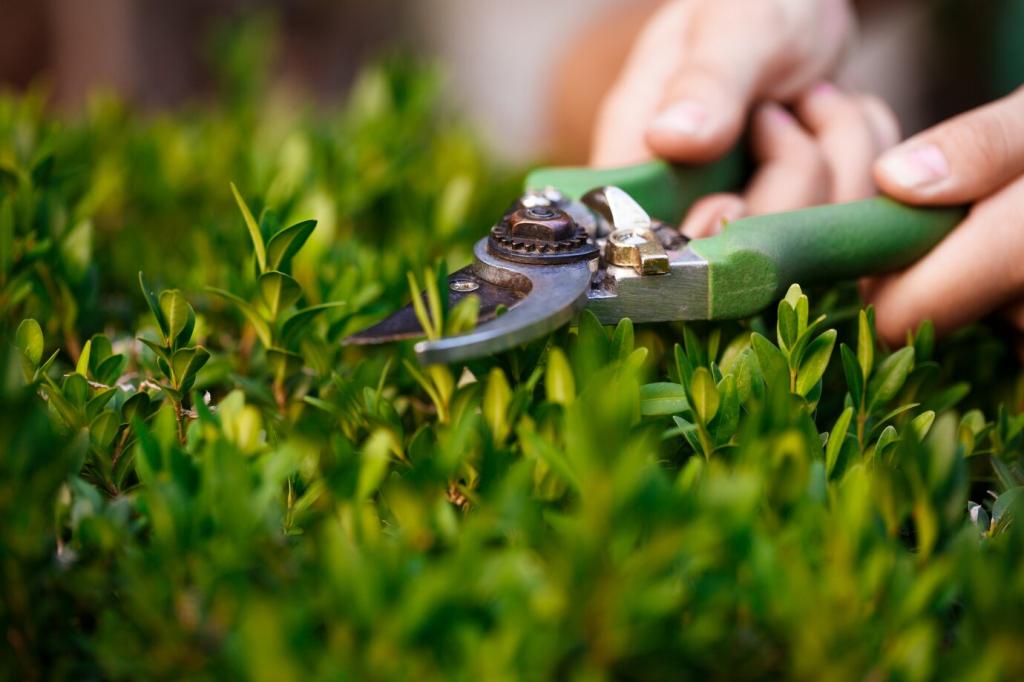
Water Features for Biodiversity
Even a small water feature dramatically expands your garden’s habitat potential. Birdbaths, ponds, and bubbling rocks attract amphibians, insects, and birds seeking drinking and bathing spots. Designing these features with gentle slopes and native aquatic plants keeps them low-maintenance and safe for wildlife, enriching your landscape with constant movement and song.
Low-Impact Lawn Alternatives
Ground Covers and Meadow Plantings
Swapping turfgrass for low-growing, drought-tolerant ground covers or native meadow mixes adds textural variety and blooms, reducing the need for irrigation and mowing. Options like creeping thyme, clover, or sedges create lush, green carpets that support pollinators and remain attractive with little effort. Meadows and prairies deliver dynamic waves of color and movement through all seasons.
Artificial Turf and Gravel Options
For areas demanding durability and minimal upkeep, carefully selected artificial turf or gravel can provide functionality while sparing water and fertilizers. Modern artificial grasses offer realistic appearance and drainage, while gravels in varied hues add structure and definition. When used in moderation and combined with organic planting, these alternatives contribute to an overall water-wise landscape design.
Moss Gardens and Shade Solutions
Shady or damp areas where grass struggles can be transformed with carpets of moss, ferns, or shade-loving native plants. Moss requires little care, no mowing, and thrives in low-light conditions, presenting a velvety, serene ground plane. These choices invite biodiversity, conserve water, and contribute to a tranquil, sustainable garden atmosphere.
Solar Lighting and Renewable Energy Integration
Solar-powered path lights, spotlights, and accent fixtures harness the sun’s energy, reducing reliance on grid electricity and eliminating wiring hassles. These systems charge during the day and automatically illuminate at night, offering safe, ambient light with zero emissions. Integrating solar panels for water features or outdoor structures furthers your site’s self-sufficiency and eco-friendly appeal.
Passive Heating and Cooling with Plantings
Strategic placement of trees and trellised vines provides natural microclimate control. Deciduous trees shade homes in summer then allow winter sun to penetrate. Layered plantings buffer winds and insulate outdoor areas, making patios and living spaces more comfortable year-round. This passive approach reduces energy demand indoors and outdoors, proving that good design works in harmony with nature.
